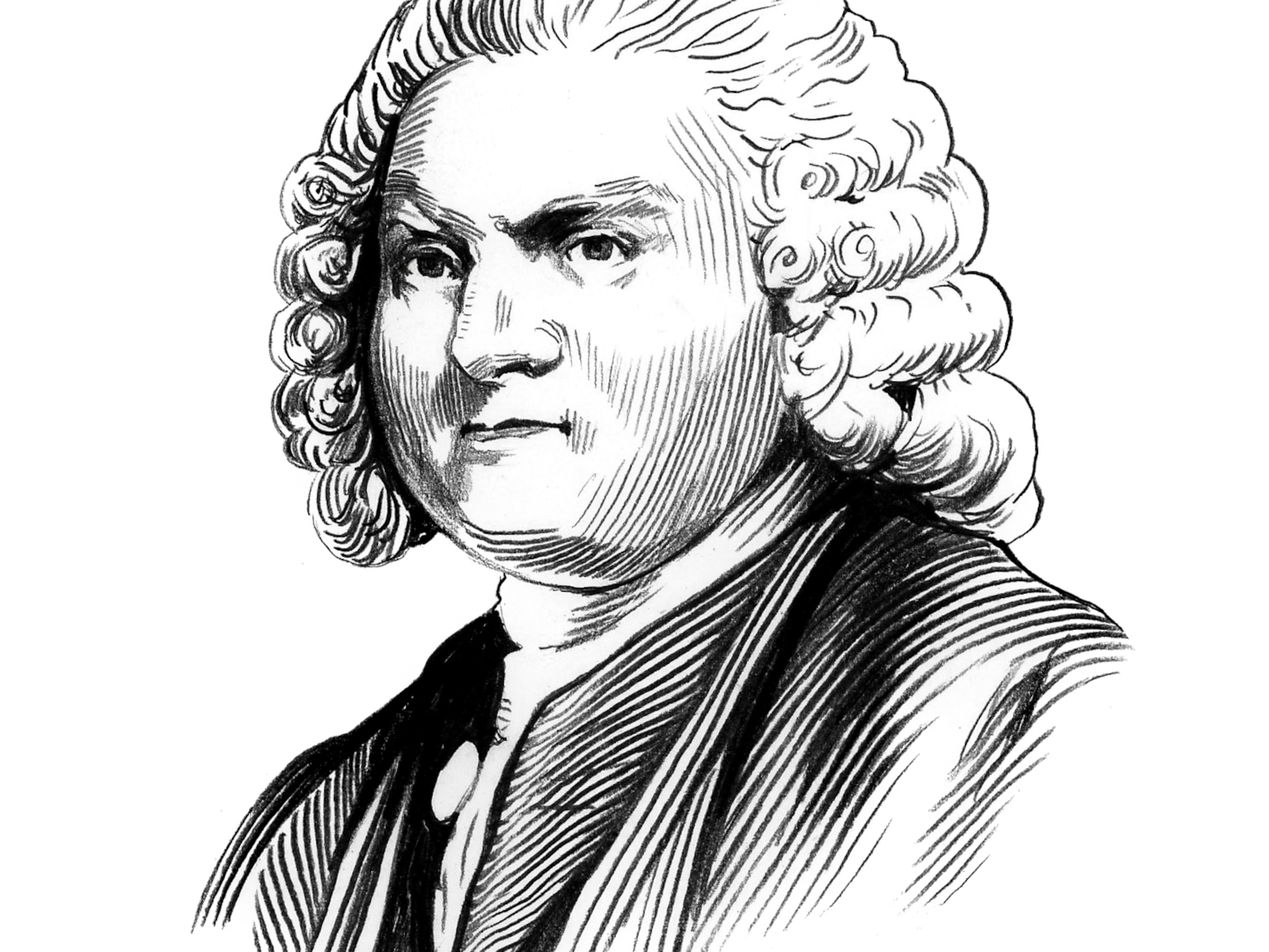How World War II put penicillin into every pharmacy
An urgent drive to develop infection-fighting drugs for the wounded led to the mass production of the first effective antibiotic.
Desperately ill, Albert Alexander, a middle-aged police officer, lay in an Oxford, England, infirmary. It had started with a thorn scratch on his face as he tended his rose garden, according to a common account—or, as other evidence suggests, from a minor injury suffered in a German bombing raid. Now, though, he had lost an eye and was oozing pus all over from sepsis, an extreme and potentially lethal reaction to infection. He had at least come to the right place.

Researchers at Oxford University, led by Howard Florey, an Australian pathologist, and Ernst Chain, a biochemist who had fled Nazi Germany, were developing a promising new drug. On February 12, 1941, Alexander became the first patient to receive the treatment with the hope that it would cure him—and he soon rallied. But the drug was so hard to produce that the researchers had to painstakingly recycle it from his urine for reinjection. When the supply ran out, he died.
Years later, when penicillin became the wonder drug of the century, the media would lionize Alexander Fleming, a quiet microbiologist who first described the peculiar antibacterial power of the Penicillium mold and coined the name “penicillin” in a little-noticed 1929 research paper. But it was Florey and his team whose long struggle ultimately turned penicillin from a laboratory curiosity into a practical antibiotic.
2.3 million doses of penicillin were manufactured in preparation for the D-Day landing.
That struggle took place in the shadow of conflict. World War II created intense pressure to deliver large quantities of what promised to be a lifesaver for soldiers wounded in battle. But Penicillium mold developed only in a thin film on a growth medium—while wartime needs called for a first run of 10,000 gallons.
The turning point came in July 1941, when the Rockefeller Institute, together with officials from the British and U.S. governments, wangled scarce plane seats for Florey and biochemist Norman Heatley to visit the institute in New York City. They soon found their way to the Northern Regional Research Laboratory in Peoria, Illinois, where the ambition was to grow penicillin in huge fermentation vats.
Corn steep liquor, a common by-product in the corn belt, turned out to be the ideal nutrient for growing penicillin cheaply, and a strain of Penicillium mold found on a rotten melon in a Peoria market proved better suited to growing in deep fermentation vats. Drug companies provided key funding, and in March 1944, Charles Pfizer and Company began producing a flood of penicillin at a former Brooklyn ice factory refurbished with 14 fermentors, each with a 9,000-gallon capacity. On June 6, 1944, Allied soldiers carried the antibiotic with them onto the beaches at Normandy and on across France. The lives it saved would soon help win the war. Read more about how devastating pandemics change us.




